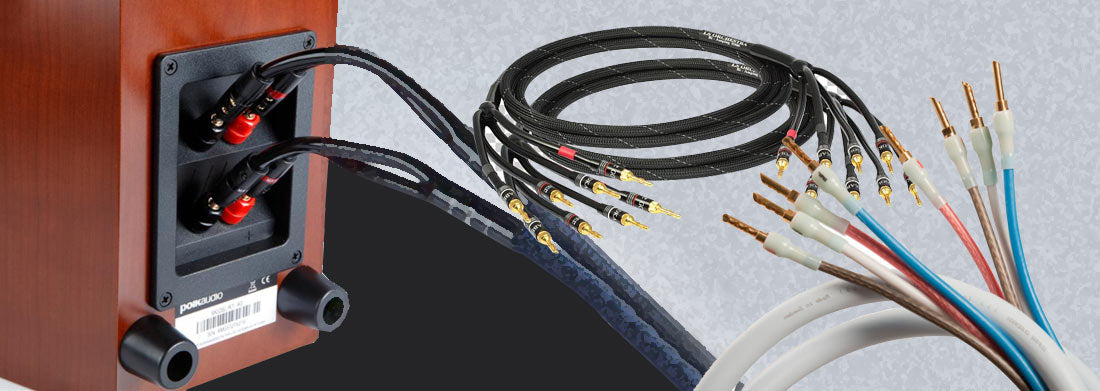
Even when you have put together a reasonably good home entertainment system, the excitement of tweaking and experimenting with it continues. To improve the quality of sound of your audio system, the concepts of Bi-wiring and Bi-amping are worth learning about.
How you connect to your speakers is what comprises both bi-wiring and bi-imping. You need to check the rear part of your speakers to figure out whether or not your speakers can be bi-wired or bi-amped. In case there is only one positive and one negative connection your speakers can neither be bi-wired nor bi-amped.

However, if you spot two sets of connections that have jumpers (also referred to as bridges) that connect the two positive terminals and the two negative terminals, then you have speakers that can be bi-amped or bi-wired.
Bi-Wiring and Bi-Amping Explained

If you be-wire a speaker properly, you will notice a significant improvement in clarity. Also, you will see a better precision in sound in a three-dimensional space.
To be-wire the speakers, you will need to first remove the jumpers, and use two sets of speaker cables. They will be separated at the speaker end and joined together at the amplifier/receiver end. We recommend using the same brand, model, and the same exact length of the cables, so there is no altering the sound. Ensure that the speaker connections are tight and solid. Do a double-check to make sure the positive and negative sides are not touching each other.
To circumvent any situation where you end up blowing up the amp, it is best to use a pre-terminated wire.
Bi-amping is the next step to follow bi-wiring and you can do it by using a separate amplifier for the bass connection at your speaker and another one for the treble connection. Bi-amping involves using two amplifiers and offers you the unbeatable advantage of increased power alongside the advantages of bi-wiring.

When Discussing Bi-Amping, Let’s Understand Active And Passive Bi-Amping
With passive bi-amping, you use the crossover parts of your speaker to send the correct frequencies to each speaker driver. Symmetry plays a key role in passive bi-amping. Your speaker cables, connecting audio cables and amplifiers should be identical. Failing which the bass or treble section of your speaker is going to play louder than the other, which is highly unpleasant.
The good news is that the newer receivers and amplifiers on the market make this step effortless. In the setup menu, you can assign four amplifier channels for bi-amping, thus giving you 4 identical channels of amps that make it work in perfect synergy.
Bi-amping with an active system is way less common than bi-amping with a passive system.
Here you will need to have a separate electronic crossover in front of your two or three amps. It gives each amp the correct set of frequencies and you remove the crossover from the speakers. This is to help you get away with slightly different amps as the crossover itself has level adjustments on it to balance out any differences.
For this method to be successful, you will need separate power amplifiers and an electronic crossover. It is not possible to do it with old stereo receivers or integrated amps. It is noteworthy to mention that very few speakers on the market enable active bi-amping.
Which One of the Two Will Give You the Best Value for Money?
While bi-wiring will give you the biggest bang for your buck, if your amplifier or receiver is set up for bi-amping, go for it. The only cost to bear is cables. Remember, technically bi-amping is better as it delivers more power.









